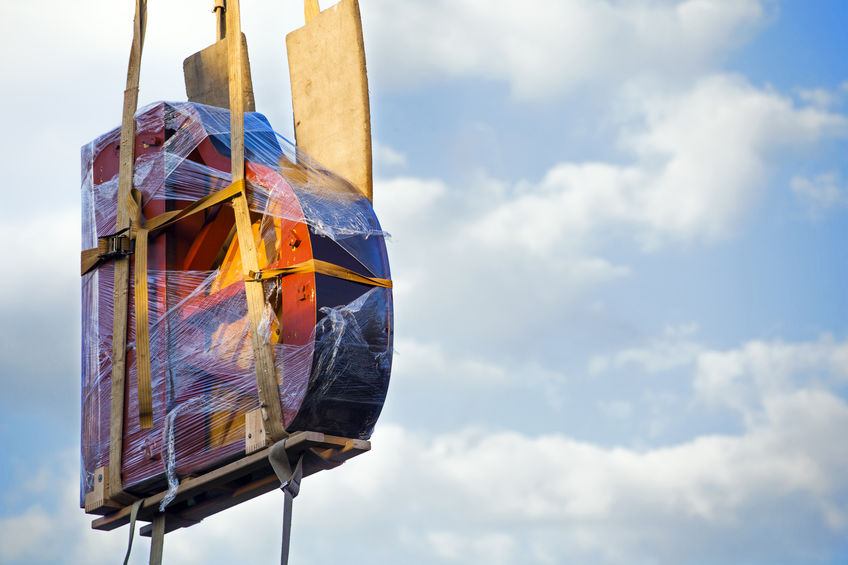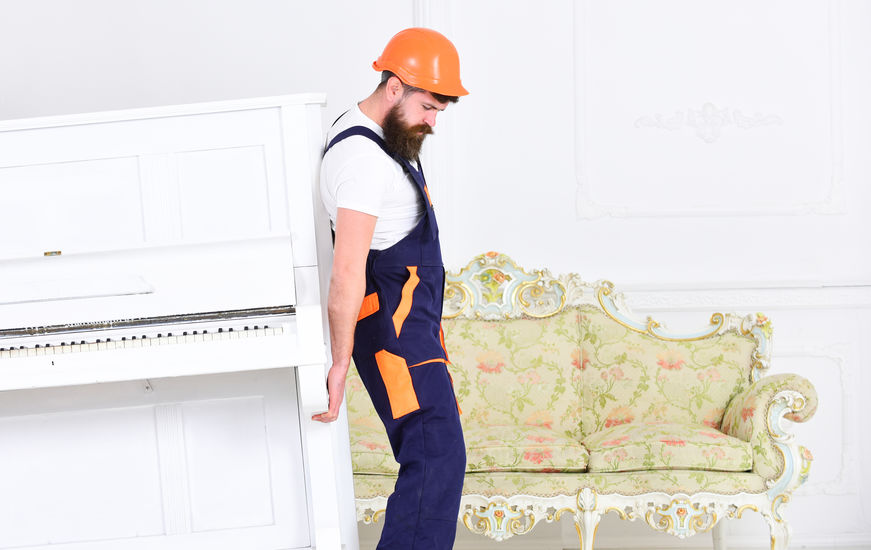 However heavy and bulky it may be, an acoustic piano is a fragile musical instrument, and moving it is always a delicate operation. In the event of a move, special care must be taken when picking up and transporting it, if you wish to preserve the aesthetics and acoustics of your instrument. The safest thing to do is to call in a moving company to remove, transport and reinstall your piano. But how do you go about moving an acoustic piano (upright or grand)? Can it be dismantled to make it easier to move? What precautions does a professional mover take to ensure the safe removal of your musical instrument? And how much does it cost?
However heavy and bulky it may be, an acoustic piano is a fragile musical instrument, and moving it is always a delicate operation. In the event of a move, special care must be taken when picking up and transporting it, if you wish to preserve the aesthetics and acoustics of your instrument. The safest thing to do is to call in a moving company to remove, transport and reinstall your piano. But how do you go about moving an acoustic piano (upright or grand)? Can it be dismantled to make it easier to move? What precautions does a professional mover take to ensure the safe removal of your musical instrument? And how much does it cost?
Moving a piano: difficulties to overcome
There's no doubt about it, a piano has all the characteristics of a difficult-to-move item: it's heavy, bulky and fragile. It's heavy, bulky and fragile, so it's the perfect example of all the complications that can arise during a move.
Substantial weight makes handling difficult
Depending on whether it's an upright or a grand, the weight of an acoustic piano can range from 100 to 700 kg, with an average of 200 to 250 kg. Count on 100 to 200 kg for a student piano, 250 to 450 kg for an upright, the heaviest being grand pianos.
It's a heavy load that needs to be carried by several people. At least 4 people are needed to carry it. To make the task easier, you can use power belts for handling.
Large volumes may require special equipment
What's more, a piano is a bulky instrument. An upright piano is generally 1.5 m wide, at least 1 m high and 50 cm deep. For a grand piano, count on a length of 2 m by 1.5 m wide and 1 m high. If you're planning to move, you'll need to take the dimensions of your instrument to check that it can pass through traditional access points.

Technical and aesthetic fragility calls for numerous precautions
Like all musical instruments, the piano is also characterized by its fragility, which is linked to two criteria: its manufacture and its particularly meticulous aesthetics. A piano is made up of a complex mechanism based on numerous interlocking parts. Precision is not an empty word here. What's more, a piano is an aesthetic piece that cannot withstand knocks and bumps.
When moving a piano, it is therefore important to :
- protect all external parts from scratches (covers, covers, etc.);
- secure the piano's moving parts (console, pedals, lid, etc.) to prevent them from moving during transport.
Of course, you'll need to wear non-slip gloves when handling the piano, and secure it firmly in the truck bed during the journey to prevent it from moving.
Can an acoustic piano be dismantled for easier moving?
To facilitate transportation of an upright piano, it can be dismantled. However, you need to respect a certain order when dismantling the parts (keyboard, ramp, pedalboards, legs...), which is not permitted to everyone.
The result is a single piece: the piano body, consisting of soundboard, frame and woodwork. Once in your new home, the whole unit must be reassembled by a piano technician, who then proceeds to fully adjust the action before tuning the instrument.
Who can move a piano?
You can move your musical instrument yourself if you own a digital piano, which has none of the fragility of an acoustic piano. This electric instrument is much lighter and less imposing than an acoustic piano, and much less expensive.

Faced with all the constraints of an acoustic piano, choosing a professional to move your instrument is undoubtedly the best way to take care of it when moving home. What's more, removal companies offer specific insurance and guarantees to compensate you in the event of a problem with your valuables.
How much does it cost to move a piano?
The cost charged by a professional to move a piano depends on many criteria such as :
- The characteristics of the piano to be moved (weight, volume, etc.), which determine the resources required (number of carriers, specific equipment, protection, etc.);
- the distance to be covered between loading and unloading ;
- the configuration of the moving site (type of dwelling, number of floors, narrow access for the piano, parking facilities, etc.).
The easiest way to get a precise estimate for your situation is to request a quote. With no obligation, this will enable you to study our terms and conditions for moving your upright or grand piano. To find out more about the specific resources we have available for moving an acoustic piano, please contact us.
